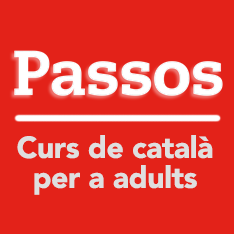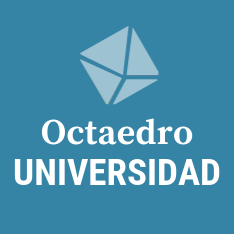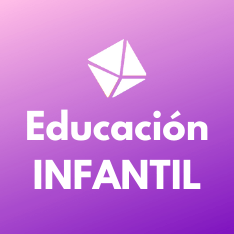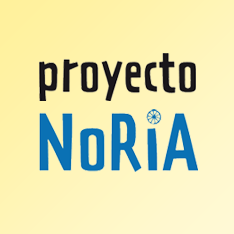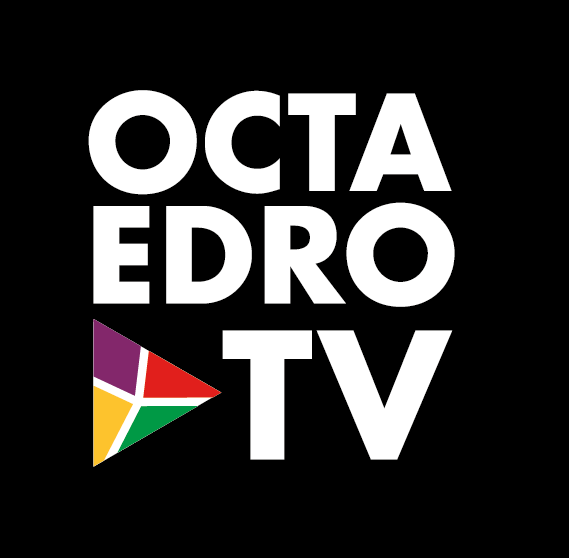LIBRO COMPLETO: Trends and Good Practices in Research and Teaching
CAPÍTULO 4
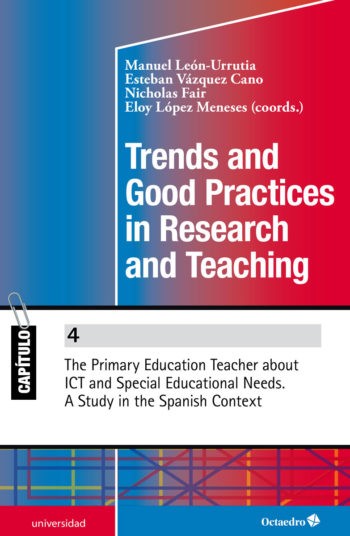
Fecha de publicación:
01-2020
Ficha técnica:
DOI: https://doi.org/10.36006/16184-04
Título del libro: Trends and Good Practices in Research and Teaching
URL del libro: https://wizardly-davinci.82-223-8-23.plesk.page/libro/trends-and-good-practices-in-research-and-teaching/
ISBN:
DOI del libro: https://doi.org/10.36006/16184
The Primary Education Teacher about ICT and Special Educational Needs. A Study in the Spanish Context
FORMATOS DISPONIBLES
|
|
Abstract
One of the main challenges of international organizations, specialized in educational issues, is the measurement and diagnostic of teachers’ digital competences, both in primary and secondary education. Within this context, and with the aim of looking at one of these theoretical premises, this study aimed to identify the degree of training and technological knowledge of primary school teachers in Spain with respect to the use of ICT with individuals with disabilities (functional diversity). A descriptive ex post-facto research method was used, where the sample comprised 777 teachers. An ad-hoc questionnaire was used as the data-collection instrument. The results revealed the low skill levels of the teachers with respect to the use of ICT with students with disabilities, where the level of training of the teaching staff was determined by personal (gender, age), professional (teaching experience) or educational (qualifications) variables. Among the conclusions, we highlight that teachers highly believe that ICT are useful resources for the training of people with disabilities. However, their technical management and educational use of the ICT, computers and the Internet had an effect on the knowledge they mentioned having on the use of the ICT with individuals with disabilities. This knowledge was not sufficient, according to the teaching staff. Also, the female teachers were perceived as having more knowledge than the male teachers.
Autores
Cómo citar
Fernández Batanero, José M. (2019). The Primary Education Teacher about ICT and Special Educational Needs. A Study in the Spanish Context. En León-Urrutia, M., Vázquez Cano, E., Fair, N., López Meneses, E. (coords.) Trends and Good Practices in Research and Teaching. A Spanish-English Collaboration. Barcelona: Octaedro. https://doi.org/xxxxxxx-16184-04
Referencias bibliográficas
